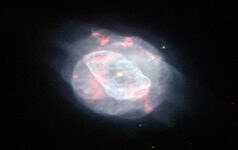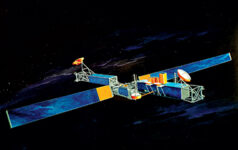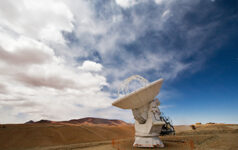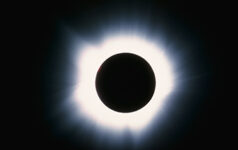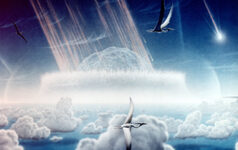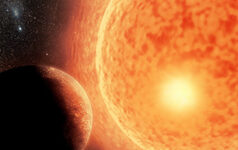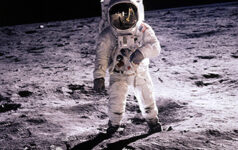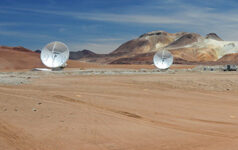More than meets the eye: how space telescopes see beyond the rainbow
How do astronomers investigate the life cycle of stars? At the European Space Agency, it’s done using space-based missions that observe the sky in ultraviolet, visible and infrared light – as this fourth article in a series about astronomy and the electromagnetic spectrum describes.






